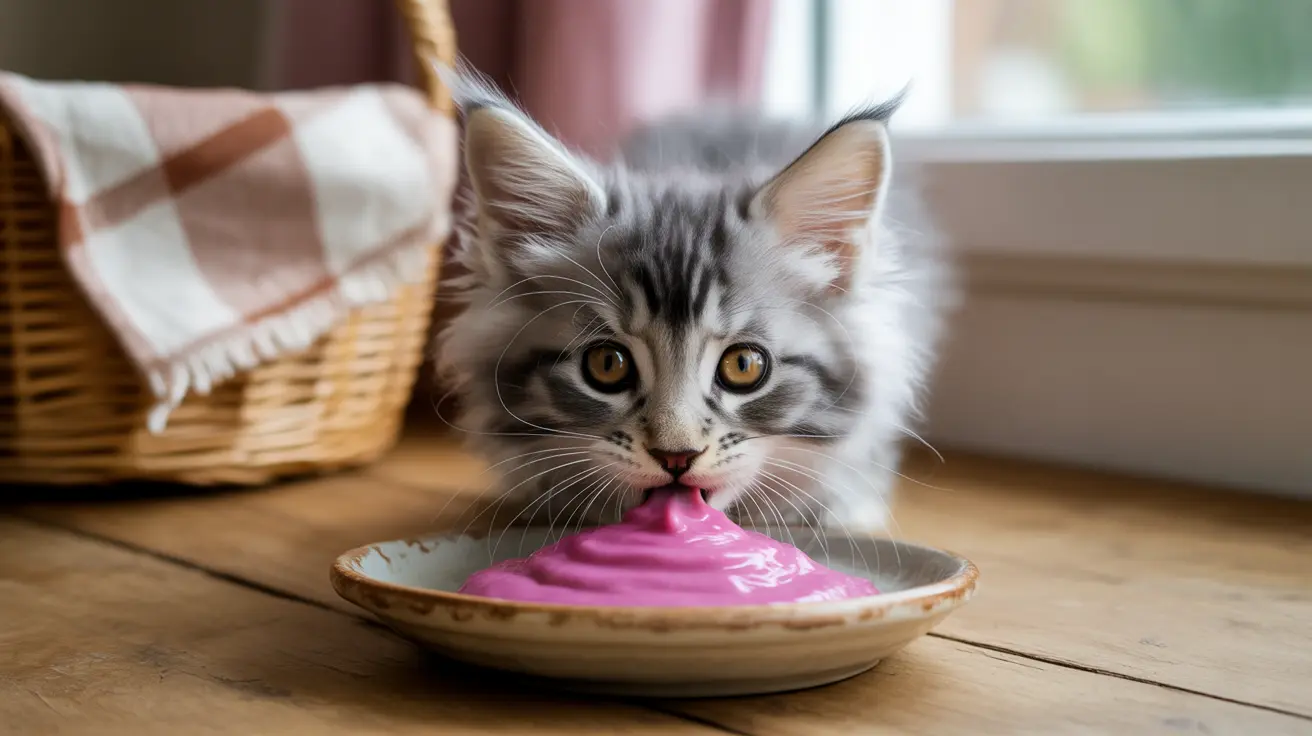For new cat parents and breeders alike, understanding when kittens transition from milk to solid food and water is crucial for their healthy development. This comprehensive guide will walk you through the timeline, process, and essential tips for introducing food and water to your growing kitten.
While every kitten develops at their own pace, there are general milestones that help indicate when they're ready for this important transition. Let's explore the journey from nursing to independent eating and drinking.
The Natural Timeline of Kitten Feeding Development
Kittens typically begin their journey toward solid food and water at around 4 weeks of age. During the first three weeks of life, they rely entirely on their mother's milk or formula for both nutrition and hydration. This period is crucial for their early development and immune system strength.
The appearance of baby teeth at approximately 3 weeks marks the first sign that a kitten is approaching readiness for solid food. This developmental milestone triggers the natural weaning process.
Starting the Weaning Process
At 4 weeks old, kittens begin showing interest in solid food and water. This is when you can start introducing a gruel-like mixture of wet kitten food combined with formula or warm water. The consistency should be soupy enough for easy lapping but thick enough to provide substance.
Key signs that indicate your kitten is ready for weaning include:
- Chewing on bottle nipples during feeding
- Showing interest in their mother's food
- Increased activity and curiosity about their surroundings
- The presence of baby teeth
Introducing Water to Kittens
Water introduction typically coincides with the start of solid food at around 4 weeks. Initially, kittens get most of their hydration from their food mixture, but it's essential to provide fresh water in a shallow, stable bowl that's easy to access.
To encourage water consumption:
- Use wide, shallow bowls that won't tip easily
- Place multiple water sources throughout their living area
- Consider a small pet fountain, as many kittens are attracted to moving water
- Keep water bowls clean and fresh at all times
Transitioning to Independence
Between 6 to 8 weeks of age, most kittens become fully weaned and capable of eating solid food and drinking water independently. During this transition period, gradually decrease the amount of formula or water mixed into their food while increasing the consistency of solid portions.
Monitor your kitten's progress closely during this time. They should be gaining weight steadily and showing consistent interest in both food and water. Any signs of decreased appetite or dehydration warrant immediate veterinary attention.
Nutrition Requirements During Weaning
During the weaning process, kittens need specialized nutrition to support their rapid growth. Always choose food specifically formulated for kittens, as these products contain the higher levels of protein, fat, and essential nutrients necessary for proper development.
Feed small amounts frequently throughout the day, typically offering food 4-6 times daily. This helps prevent digestive issues and ensures steady energy levels as they learn to regulate their intake.
Frequently Asked Questions
At what age do kittens typically start eating solid food and drinking water?
Kittens typically begin eating solid food and drinking water around 4 weeks of age, coinciding with the start of the weaning process.
How can I tell if my kitten is ready to begin weaning onto solid food?
Look for signs such as the presence of baby teeth, increased activity levels, chewing on bottle nipples, and showing interest in their mother's food or solid foods around them.
What is the best way to introduce solid food and water to a young kitten?
Start with a soupy mixture of wet kitten food and formula or warm water. Offer this in a shallow dish, and place a separate shallow bowl of fresh water nearby. You may need to guide them by placing a small amount on their lips or letting them lick it from your finger.
When should kittens be completely weaned off milk and eating solid food independently?
Most kittens should be fully weaned and eating solid food independently by 7-8 weeks of age, though some may take up to 10 weeks to complete the transition.
How much water do kittens need during the weaning process and how can I encourage them to drink?
Kittens need 30-60ml of water per kilogram of body weight daily. Encourage drinking by providing fresh water in multiple locations, using pet fountains, and ensuring water bowls are clean and easily accessible.
Conclusion
Understanding when and how to introduce food and water to kittens is crucial for their healthy development. By following the natural timeline and watching for developmental cues, you can help ensure a smooth transition from nursing to independent eating and drinking. Remember to be patient, as each kitten develops at their own pace, and consult with your veterinarian if you have any concerns about your kitten's progress.






